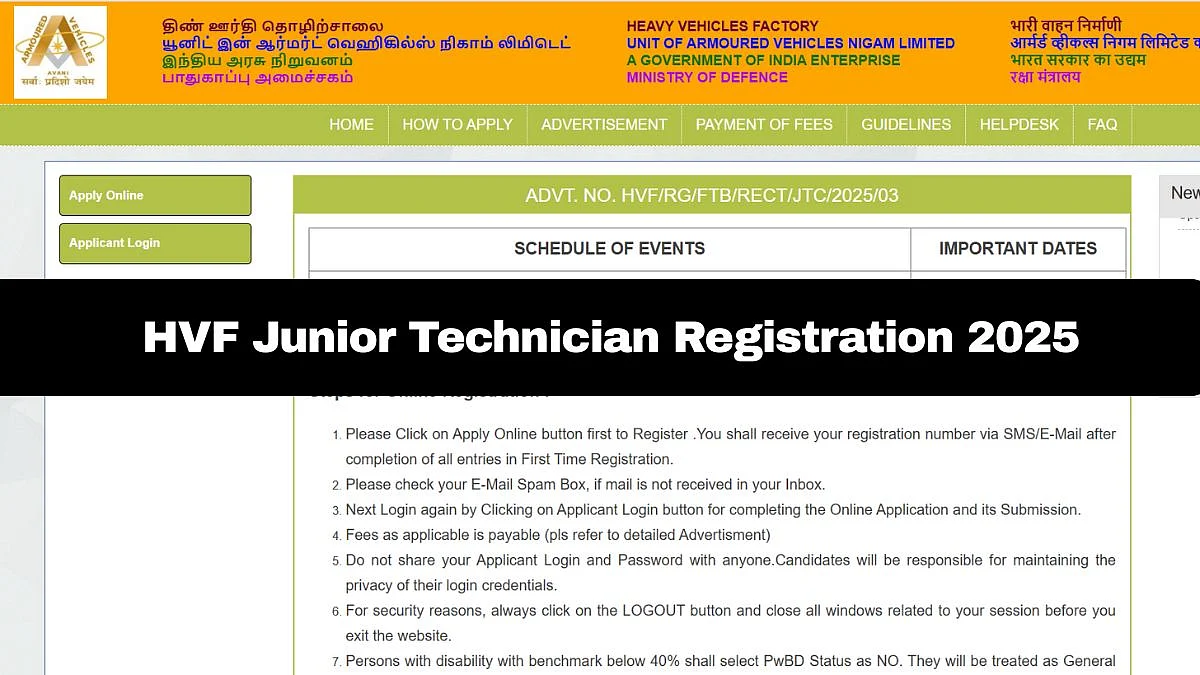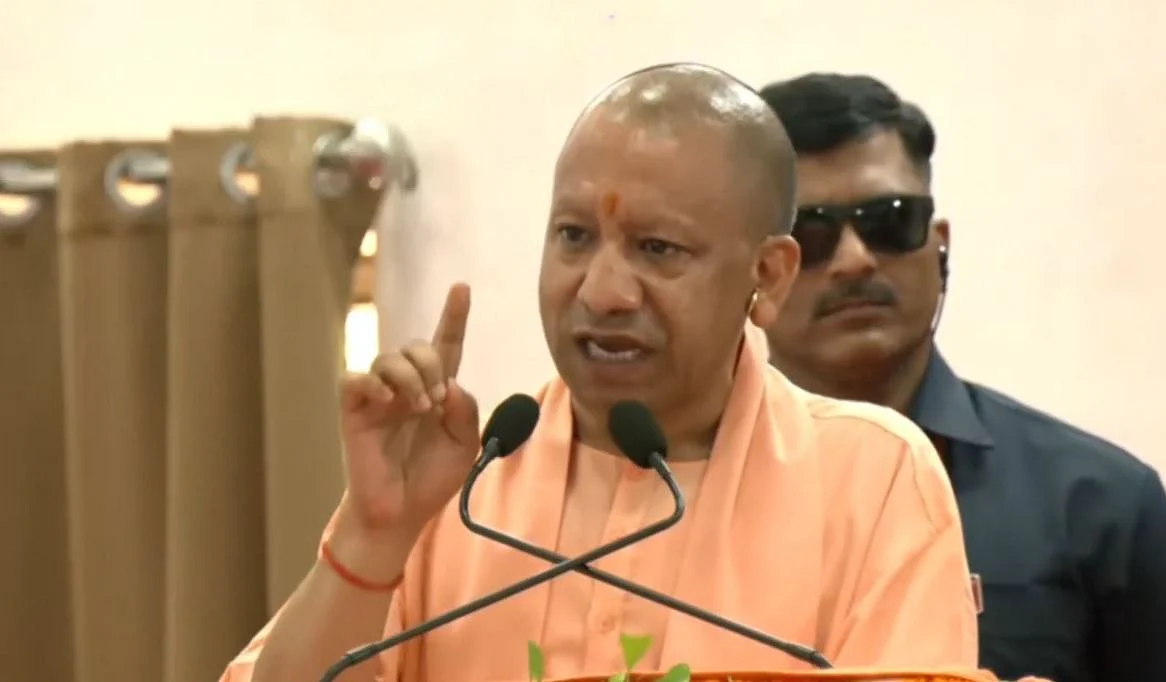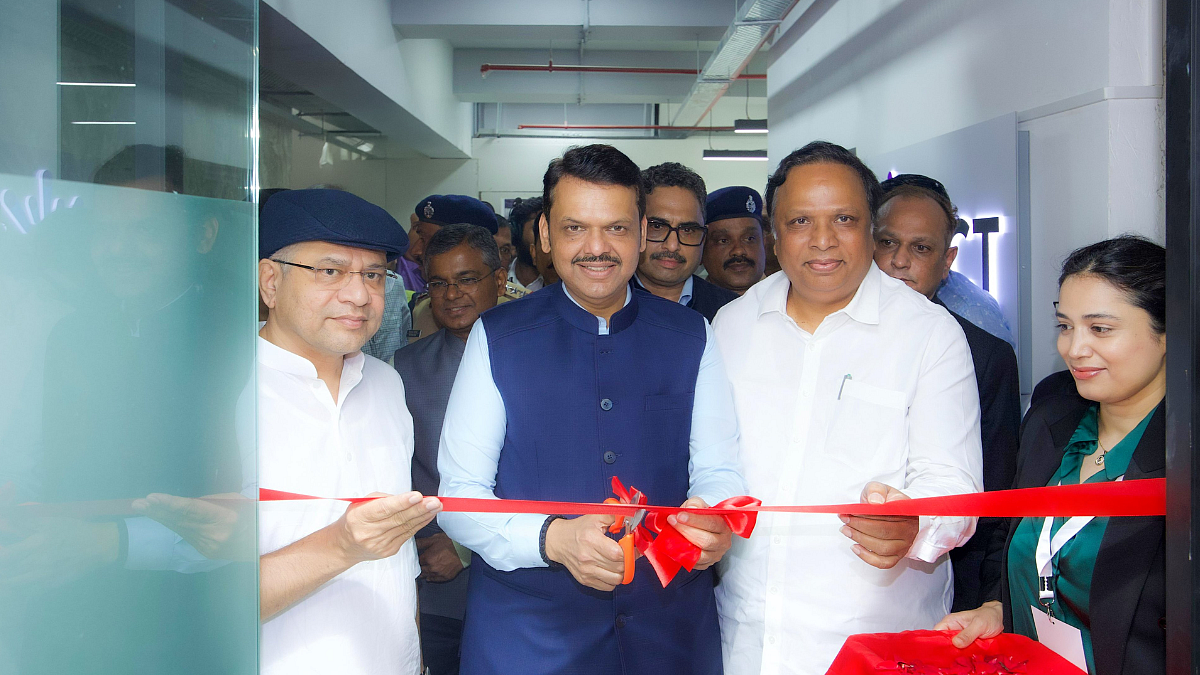Type 2 diabetes, one of the most common health disorders in India today, is a condition where the body slowly loses its ability to utilise energy effectively.
Let’s understand what happens with a simple example: Let’s say you eat a slice of bread. This slice of bread contains starch which will be digested and broken down to its most basic form, that is, glucose. This glucose is absorbed from your intestines into your bloodstream. When the glucose levels in the blood rise, a hormone called “insulin” is released to put this glucose to use. This insulin is like a gatekeeper that enables the entry of glucose into the cell. With the help of insulin, glucose from the blood enters our cells.
In type 2 diabetics, this insulin function is compromised. The insulin is unable to open the gate of the cell and let glucose in. We call this “insulin resistance”. When there is insulin resistance, that is, glucose is unable to enter the cell, two things happen:
The cell continues to be energy deprived, leading to weakness, muscle loss, excess hunger, fatigue, and sugar cravings
The blood contains a higher-than-normal amount of glucose. This leads to long-term damage to nerves, the immune system, eyes, kidneys and so on
While all of this sounds like too much (and it is), the good news is that we can prevent it with simple lifestyle changes and for diabetics, it can be managed with simple changes in food and lifestyle.
The trick to the management of diabetes is:
Keeping glucose levels from spiking
Supporting the natural function of insulin
Providing raw materials that will help the body heal itself and go as close to its natural settings as possible
Here are six changes that will make diabetes prevention, management and getting off medication simple and sustainable for you:
Identify the causes: Some common habits include late-night munching, imbalanced meals, sitting for long periods, high-stress levels, and erratic sleep patterns. Once you know where you are going wrong, the next steps become obvious.

Eliminate these four food groups:
Baked foods like khari, croissant, bread, cakes, biscuits, etc
Wheat and wheat products - this group is known to spike glucose levels and increase inflammation, both of which, together worsen the levels
Ultra-processed foods like refined flour, white sugar, sherbets, ready to eat meals, premixes
All forms of sugar including white sugar, honey, jaggery, maple syrup, artificial sweeteners
Add these three food groups:
Natural fats like almonds, pistachio, sesame seeds, coconut, avocado. These fats stabilize blood glucose levels, prevent sugar cravings and provide protein, minerals and fibre
Legumes including all types of dals, beans and lentils. This group has the perfect protein-to-carbohydrate ratio combined with fibre. Creative use of this group is the secret to better managing type 2 diabetes
Leafy greens like spinach, fenugreek, amaranth leaves, Malabar spinach, etc. This group is rich in a myriad of phytonutrients which are known to reduce the damage that is caused by years of faulty carbohydrate metabolism.
Switch to a predominantly plant-based diet: No dairy, eggs, seafood, poultry and red meats. This one change, although very difficult, is one of the most effective and quickest ways of bringing down your values
Start lifting weights: Doing a strength-based workout for 150 minutes a week, can improve insulin sensitivity and thus, reduce the issue from the root itself
Manage the ups and downs of your mood: One stressful call can shoot your blood glucose levels up from 120 to 200 within 10 minutes. So while managing stress, in general, is important, what needs to be done urgently is managing your response to stressful situations
These changes will take some amount of time and effort. It is a good idea to do this slowly and gradually, one change at a time. Once this new lifestyle is maintained for eight weeks, you will notice a drop in HbA1c levels as well as in inflammatory markers like CRP and ESR.
In another 12-16 weeks, you should be able to reduce your medication slowly.
(Khushboo Jain Tibrewala, Founder of The Health Pantry, Nutritionist and Diabetes educator)













